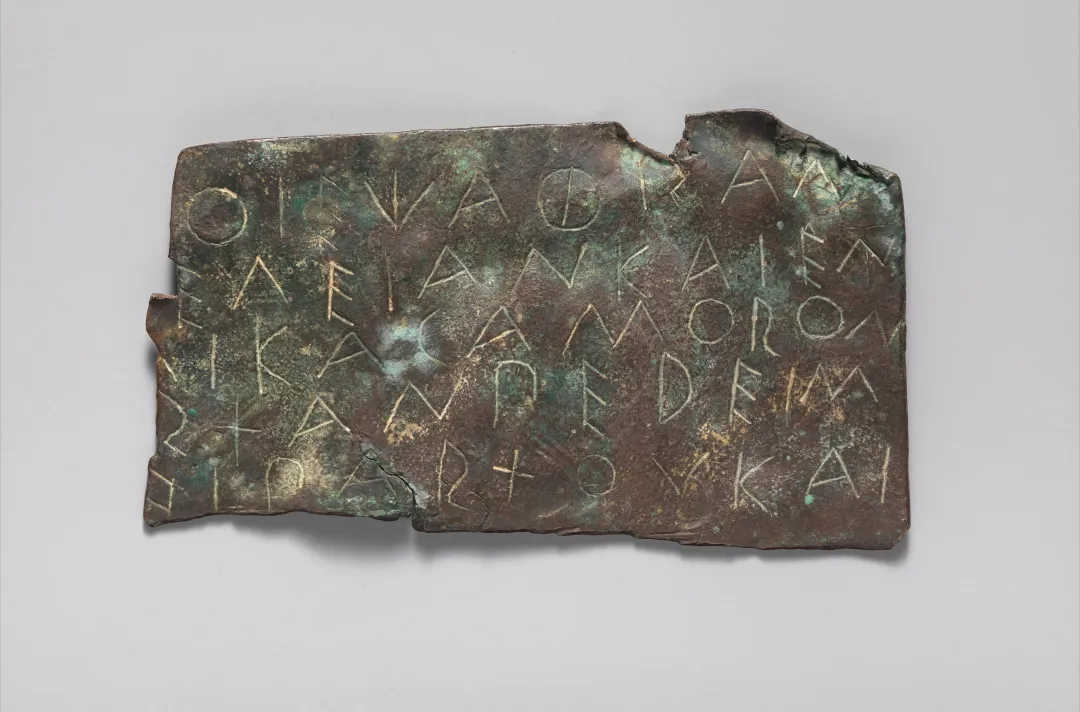
In recent years, the advent of Artificial Intelligence (AI) has transformed the way historians, linguists, and archaeologists analyze ancient texts. One of the most groundbreaking developments has been the application of AI to decipher and interpret ancient inscriptions, uncovering details previously hidden or misunderstood. A recent breakthrough involving AI’s analysis of a renowned Latin inscription exemplifies this transformation, opening new avenues for understanding ancient history and culture.
Understanding the Power of AI in Historical Analysis
The Role of AI in Deciphering Ancient Languages
Deciphering ancient Latin inscriptions can be challenging due to factors such as erosion, incomplete texts, and linguistic evolution over centuries. Traditional methods, relying on expert analysis and manual translation, are meticulous but limited by human capacity. AI, however, offers the ability to process vast quantities of data rapidly, recognize patterns, and generate hypotheses that might elude even seasoned scholars.
Key capabilities of AI in this context include:
- Pattern Recognition: Identifying recurring motifs and language structures within inscriptions.
- Text Reconstruction: Restoring fragmented or damaged inscriptions by predicting missing sections based on learned patterns.
- Semantic Analysis: Interpreting contextual meanings that inform cultural and societal insights.
The Breakthrough: New Details About an Iconic Latin Inscription
Background of the Inscription
The inscription in question is a historically significant Latin text etched into a monument believed to date back to the Roman Empire. It has long fascinated scholars for its cryptic language and references to historical figures and events. Despite extensive study, some lines remained ambiguous, leading to various interpretations about its origin and significance.
AI-Powered Analysis and Findings
The recent use of advanced AI algorithms to analyze this inscription has yielded remarkable results. By feeding high-resolution images into neural network models trained on Latin texts and inscriptions, researchers were able to achieve unprecedented accuracy in deciphering the damaged or obscure sections.
**Some of the most noteworthy new details uncovered include:**
- Clarification of ambiguous phrases: The AI identified specific words previously misread or unreadable, shedding light on the inscription’s original message.
- Historical context: New references to lesser-known figures and events that contextualize the inscription within broader Roman political or social history.
- Linguistic evolution insights: Evidence of language variations and regional dialects present in the Latin used, offering clues about the inscription’s geographic origins.
- Damage reconstruction: AI’s predictive modeling allowed for the virtual restoration of eroded or broken parts, revealing the full text in detail.
Implications for Modern Historical and Archaeological Studies
Revitalizing Ancient Documentation
By providing a more complete and accurate reading of the inscription, AI helps historians piece together more comprehensive narratives of ancient civilizations. These new insights may lead to revisions in historical timelines, reinterpretation of events, or a better understanding of the socio-political nuances of the era.
Enhancing Interdisciplinary Collaboration
The integration of AI in analyzing Latin inscriptions exemplifies a successful collaboration between technology and humanities. It encourages a multidisciplinary approach where linguists, archaeologists, AI specialists, and historians work together to unlock the secrets of our past, ensuring that each perspective enriches the analysis.
Preservation and Digital Reconstruction
Beyond analysis, AI-driven reconstructions provide invaluable tools for preservation. Digital replicas of worn inscriptions allow virtual preservation and study without risking further damage to fragile artifacts. This technology paves the way for creating extensive digital archives accessible worldwide.
The Future of Ancient Inscriptions and AI
Expanding the Scope
As AI models become more sophisticated, their application can extend beyond Latin inscriptions to other ancient languages such as Greek, Egyptian hieroglyphs, and Mesopotamian cuneiform. This cross-disciplinary expansion promises a renaissance in ancient language translation and cultural understanding.
Building Richer Historical Databases
Machine learning algorithms can compile and analyze vast databases of inscriptions, helping archaeologists identify patterns related to trade routes, cultural exchanges, or political affiliations across regions and eras.
Challenges and Ethical Considerations
While AI offers tremendous benefits, it also raises questions about interpretative accuracy, data biases, and ethical handling of cultural heritage. Ensuring transparency in AI models and collaboration with cultural heritage experts remains paramount to maintain scholarly integrity and respect for historical sites.
Conclusion
The recent application of AI to analyze a famous Latin inscription exemplifies how technology is revolutionizing our understanding of history. By revealing previously hidden details, AI not only enriches our knowledge but also fosters innovative approaches to preserving and interpreting cultural heritage. As these tools evolve, scholars and enthusiasts alike can look forward to uncovering even more secrets from the ancient world.
In essence, AI serves as a powerful assistant—augmenting human expertise and opening new horizons for archaeological discovery and historical scholarship.
For more updated news please keep visiting Prime News World.







